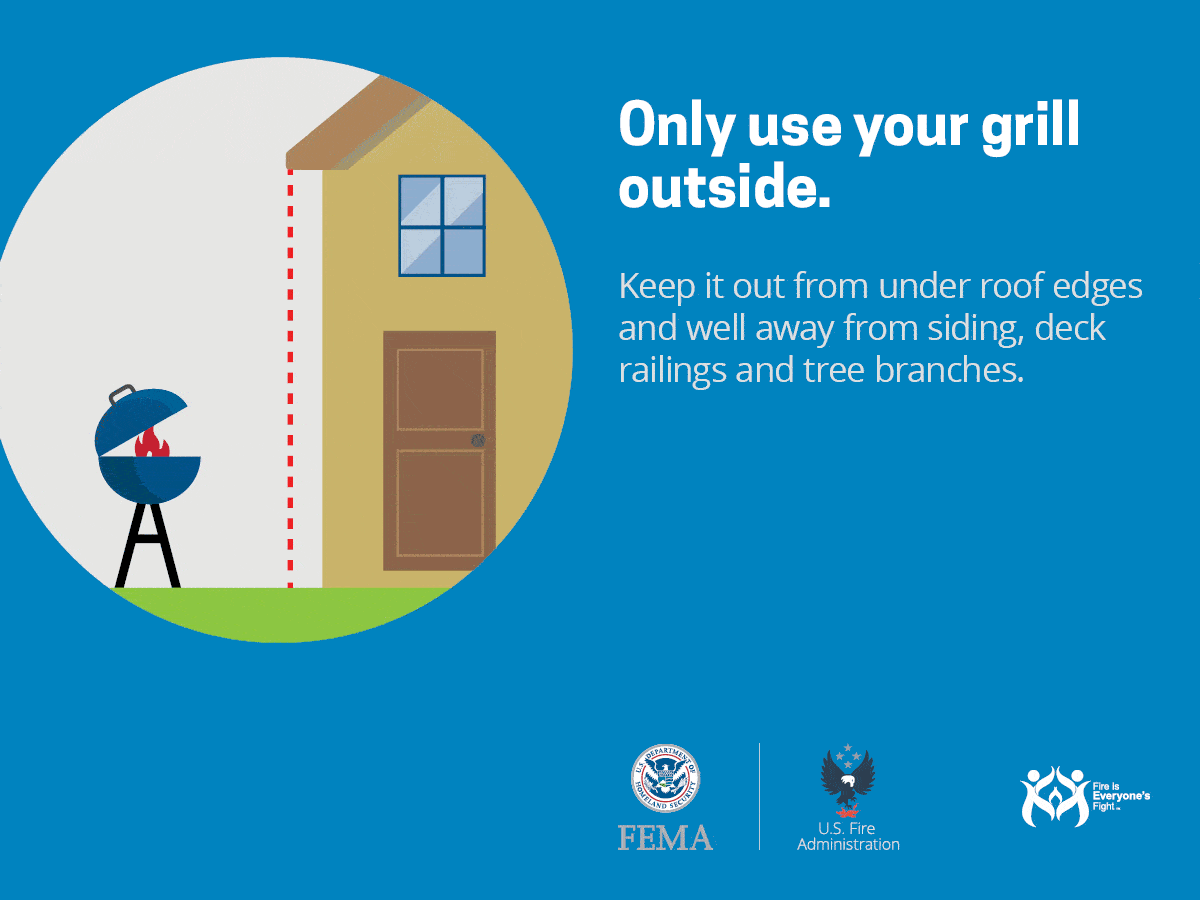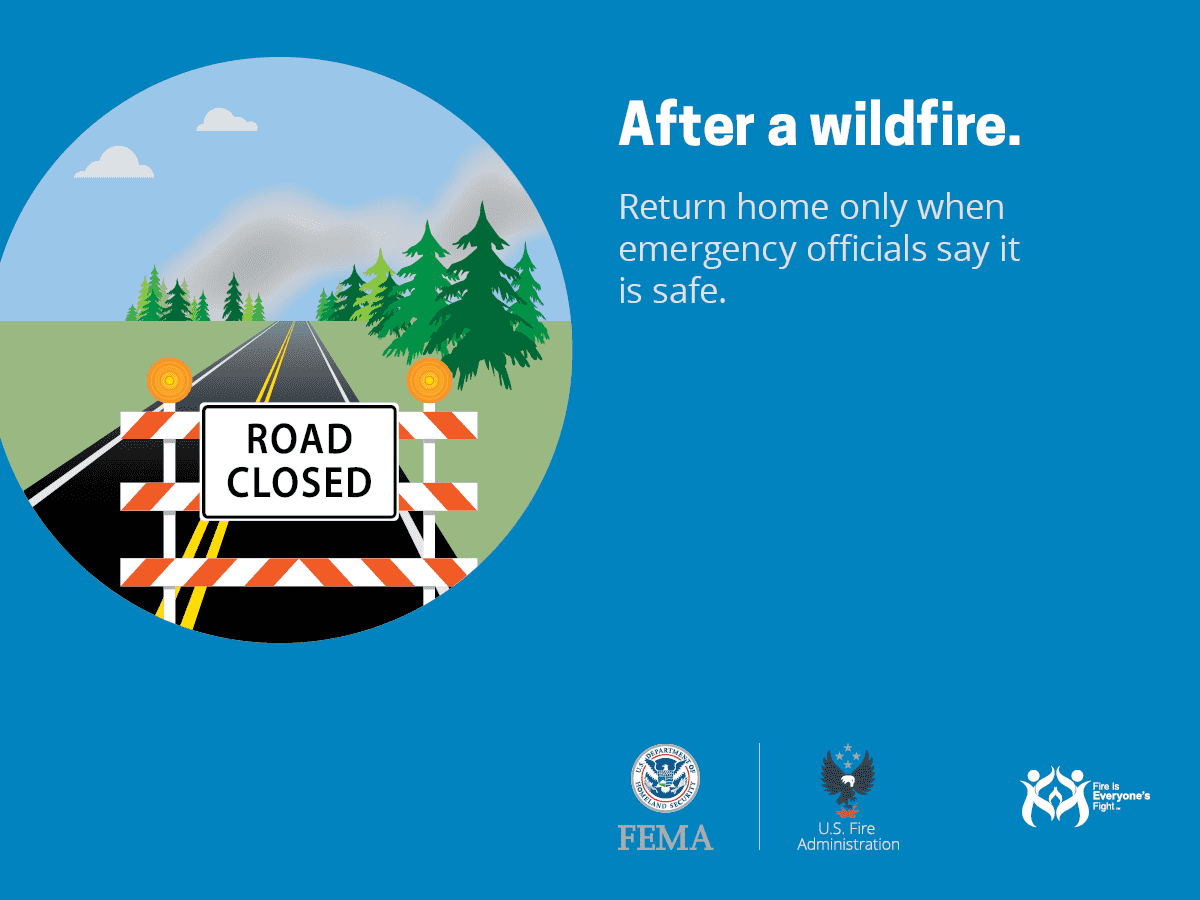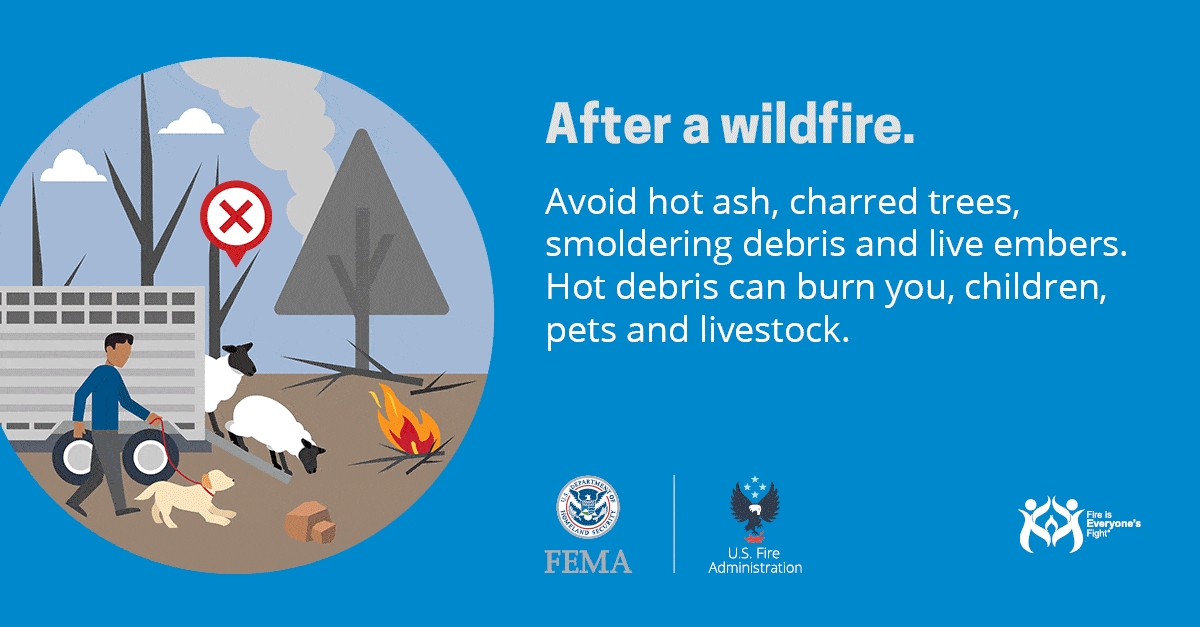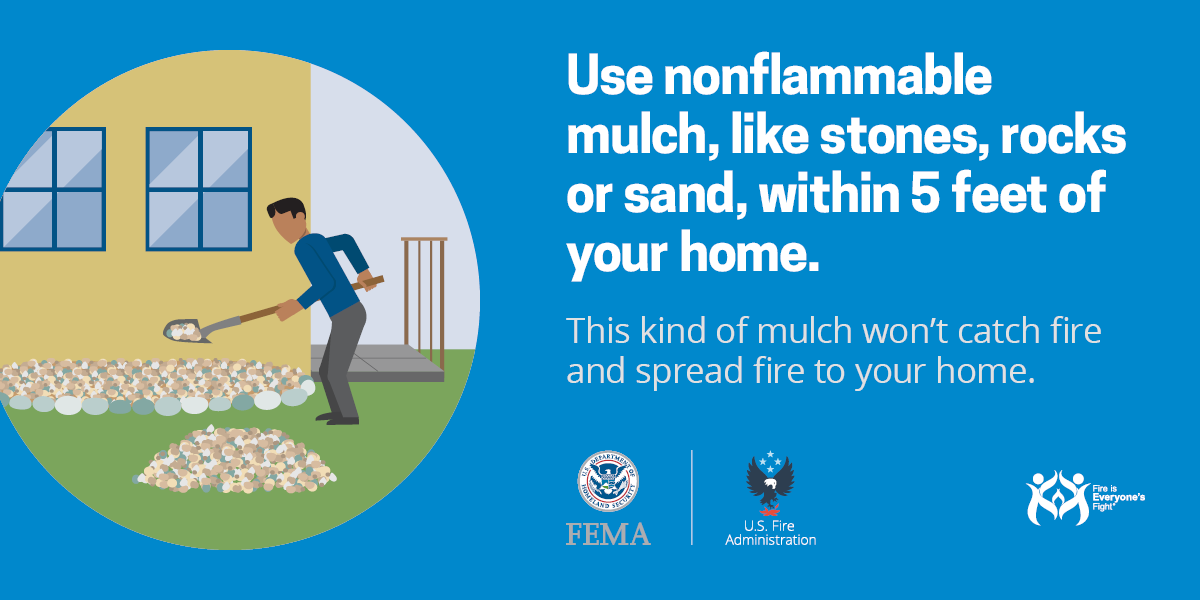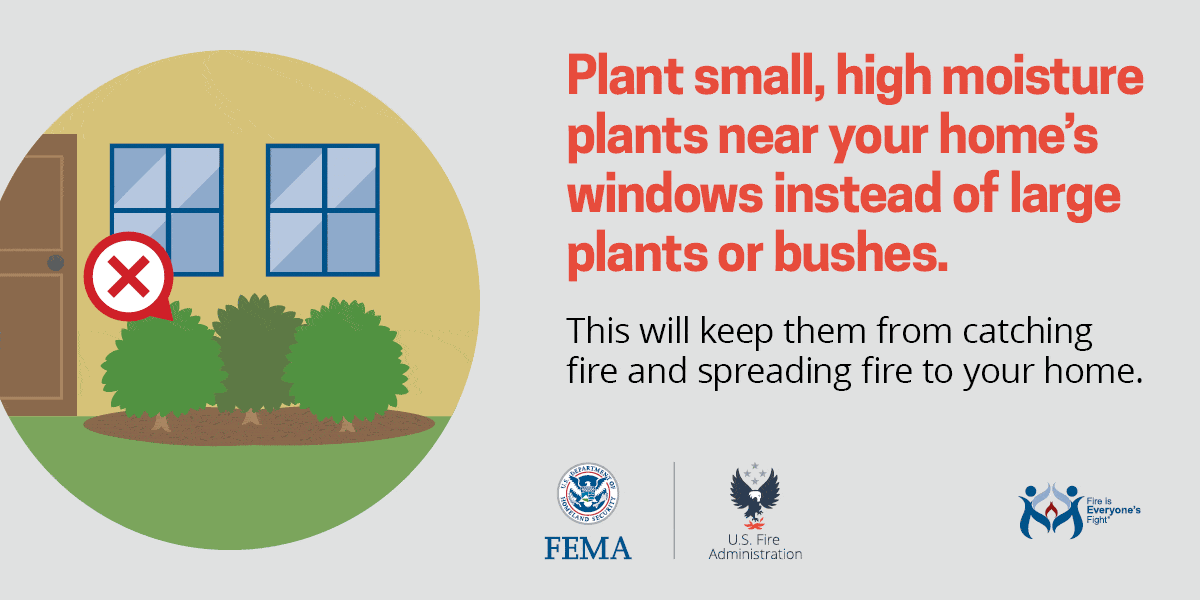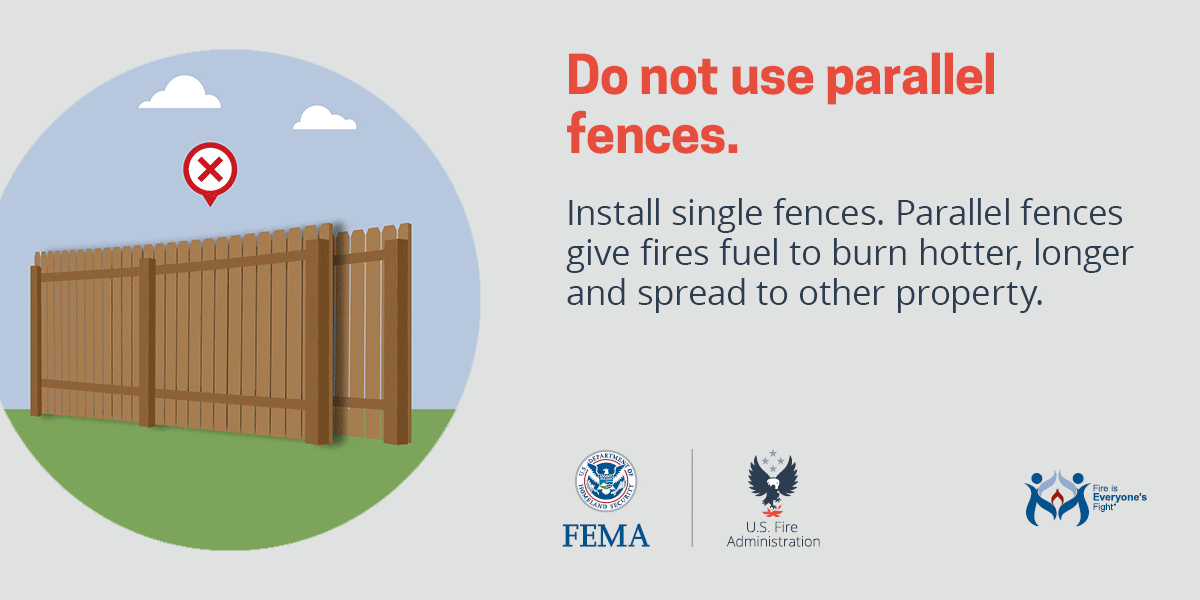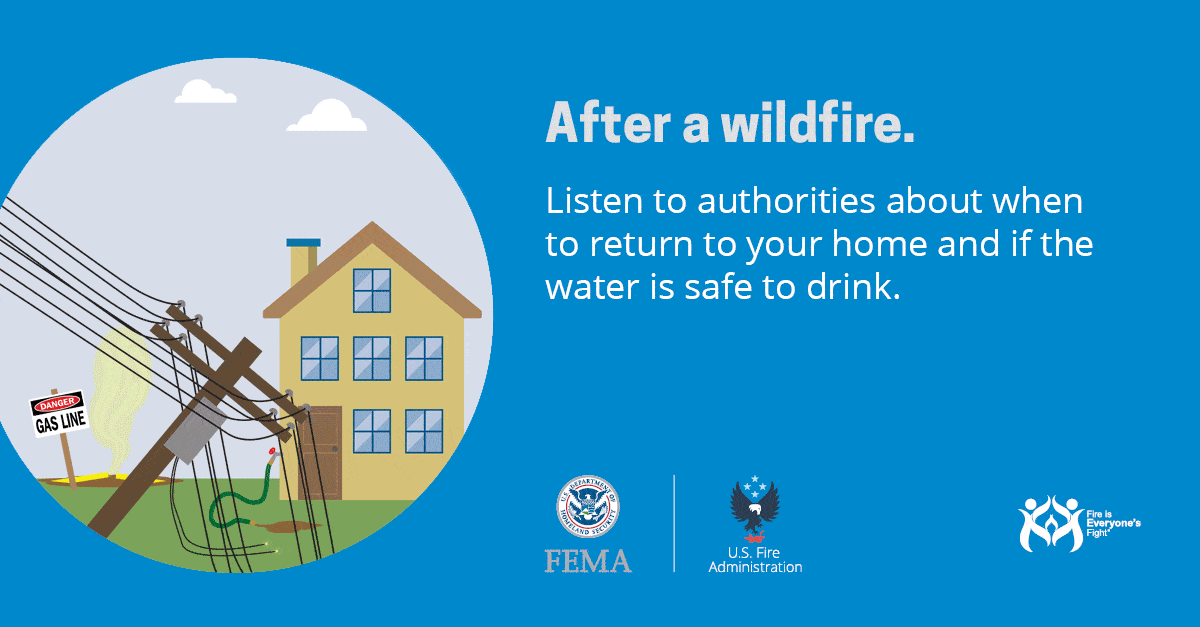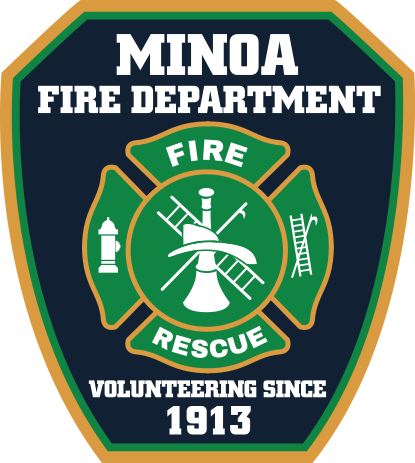Outdoor Fire Safety
Protect your home.
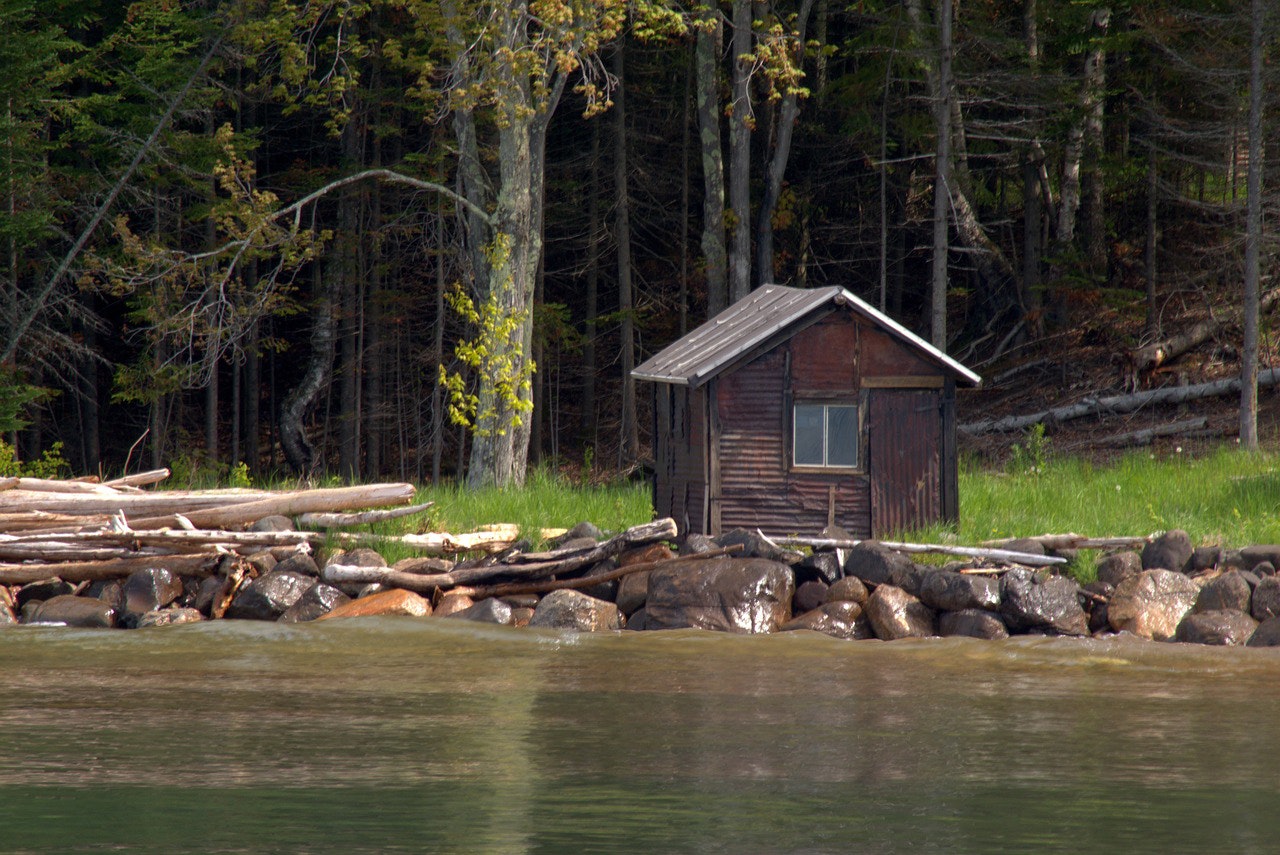
If you own a summer home or camp—especially in an area prone to wildfires or campfires—take steps now to safeguard your property. Fire safety begins with prevention, preparation, and creating defensible space. Use this practical checklist to help reduce your risk:
Maintain Defensible Space
A well-maintained property can slow the spread of fire and protect your structures:
- Clear flammable debris such as leaves, pine needles, and other material from your roof, gutters, and around or under decks.
- Keep your lawn trimmed and watered. If the grass is brown, mow it short to reduce potential fuel.
- Prune trees so that the lowest branches are 6 to 10 feet above the ground to prevent flames from climbing into the canopy.
- Relocate combustible items such as construction materials, trash, and woodpiles at least 30 feet from your home or outbuildings.
Create zones of protection around your structure:
- 0–5 feet (Immediate Zone): Keep this area nonflammable. Remove leaves, mulch, woodpiles, and flammable furniture. Consider using gravel, pavers, or fire-resistant plants.
- 5–30 feet (Intermediate Zone): Mow grass, trim shrubs, and ensure tree branches don’t touch. Clear away excess vegetation.
- 30–100 feet (Extended Zone): Thin trees and remove ladder fuels—brush or lower branches that can carry fire upward.
Tip: Don’t let a wooden fence connect directly to wooden structures. The last 5 feet between a fence and a building should be noncombustible, such as metal.
Use Fire-resistant Materials
Building with the right materials can make a significant difference in fire resistance:
- Roof: Use Class A fire-rated materials such as metal, tile, or asphalt shingles. Inspect regularly and replace any damaged or missing pieces. Use bird stops or cement to seal tile ends and block ember entry.
- Siding and Decks: Choose fiber-cement, stucco, or treated wood. Enclose deck undersides and screen below decks and porches with 1/8-inch wire mesh to prevent debris buildup.
- Windows: Install tempered glass or multi-pane windows that are more resistant to heat.
- Vents: Cover attic and soffit vents with 1/8-inch wire mesh to keep sparks out.
- Eaves: Enclose eaves to block embers from entering the home.
Prepare for Emergencies
Being ready can save lives:
- Install smoke detectors and fire extinguishers in key locations.
- Keep hoses, shovels, and rakes handy for emergency use.
- Pack a go-bag with essentials in case you need to evacuate quickly.
- Make sure your address is clearly visible from the road for first responders.
- Monitor campfires and BBQs
Even small flames can spark big problems:
- Use only designated fire pits or rings, and clear 10 feet around the area.
- Never leave a fire or grill unattended.
- Keep a bucket of water or a hose nearby.
- Completely extinguish fires: douse with water, stir the ashes, and make sure everything is cool to the touch.
Stay Aware of Local Conditions
Conditions can change quickly—stay alert:
- Check for burn bans or fire weather alerts before starting any fire.
- Avoid fireworks, sky lanterns, or sparking tools during dry or windy days.
- Refrain from using equipment like chainsaws or mowers that could generate sparks in high-risk conditions.
Have a Communication Plan
Stay connected and ready to act:
- Let friends or neighbors know when you’ll be staying at your summer home or camp.
- Sign up for local emergency alerts, such as NY Alert or county-level systems.
- Post emergency numbers clearly inside the home or cabin.
Take Action Now
Wildfire risk is real—but with the right steps, you can dramatically reduce the danger to your summer home or camp. Don’t wait for an emergency to prepare. Start today by clearing defensible space, upgrading materials, and making safety part of your routine. A few simple precautions now can make all the difference later.
Video for Kids
More Videos
